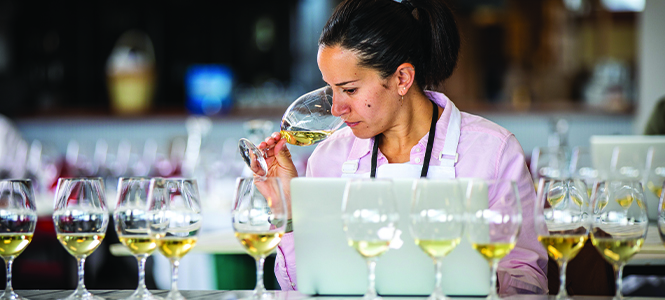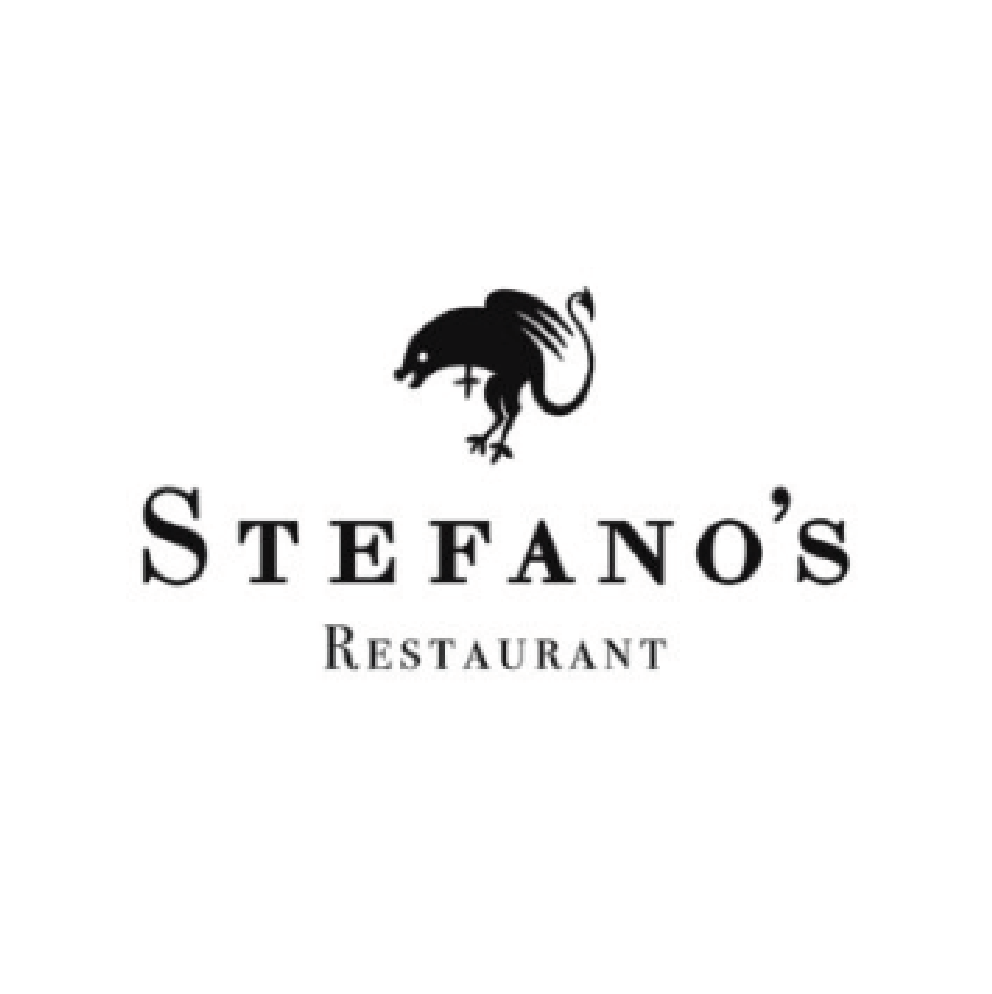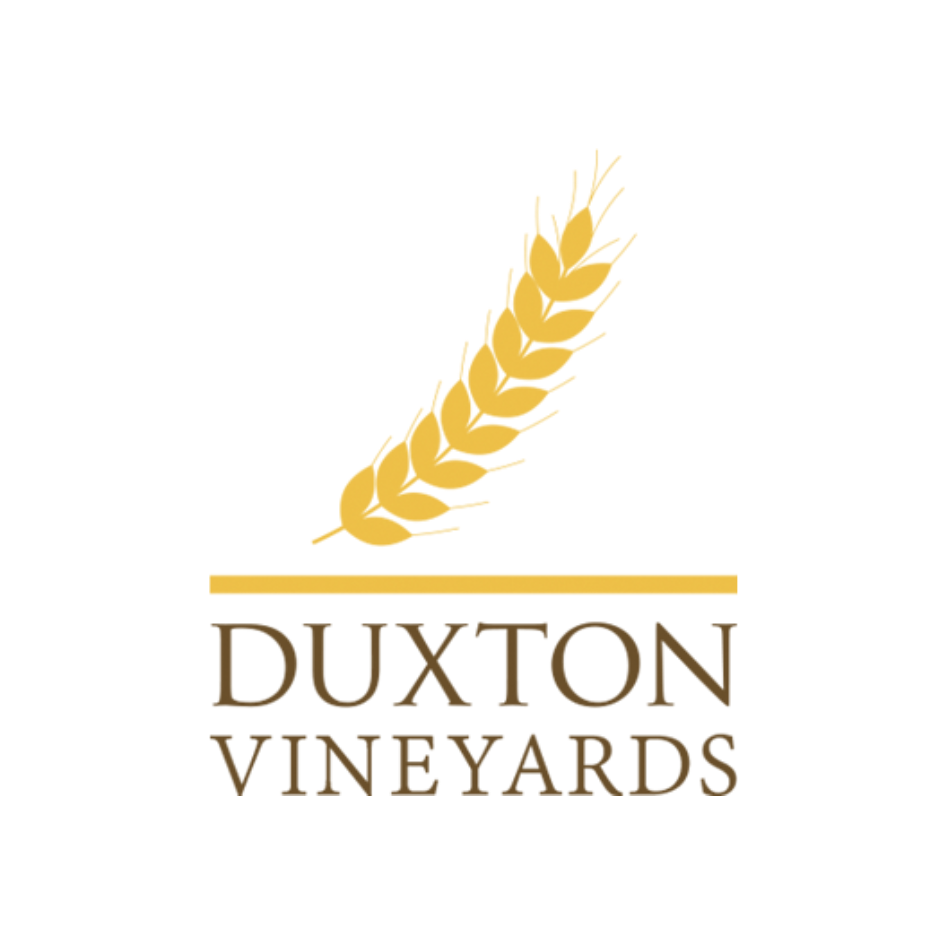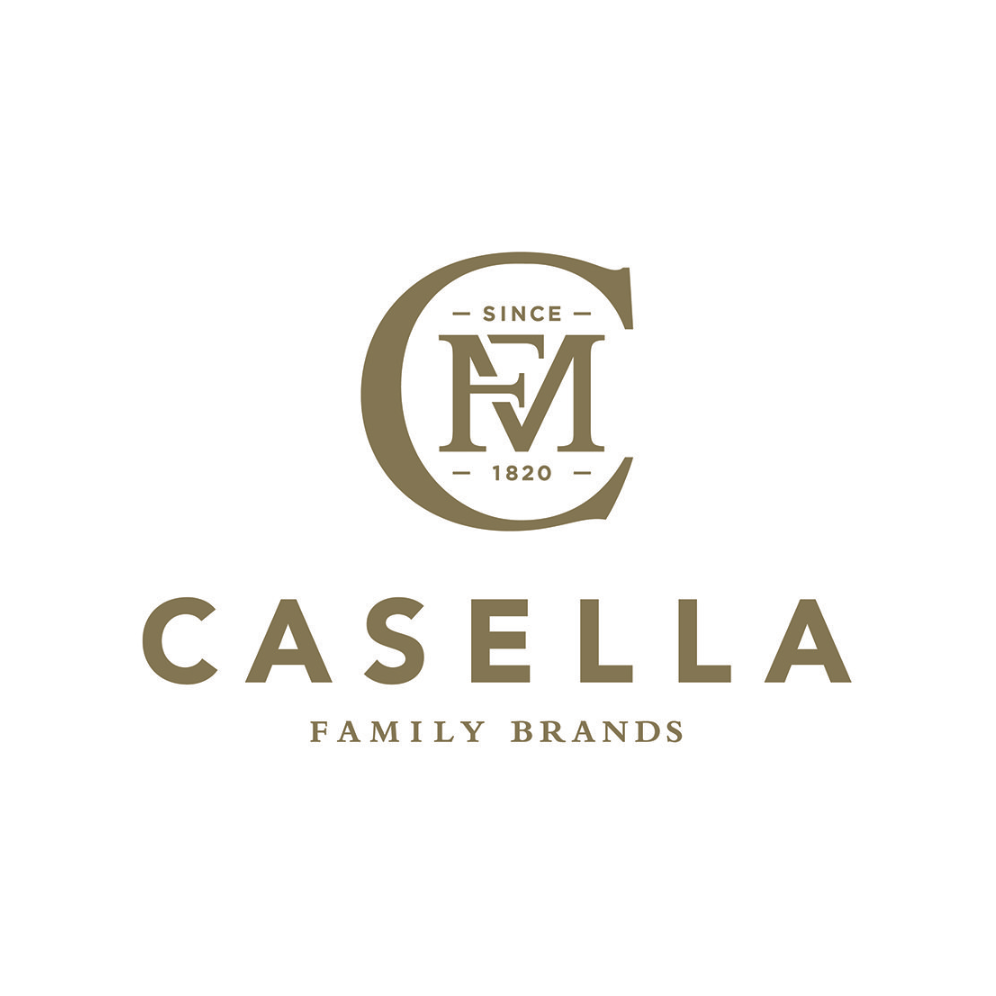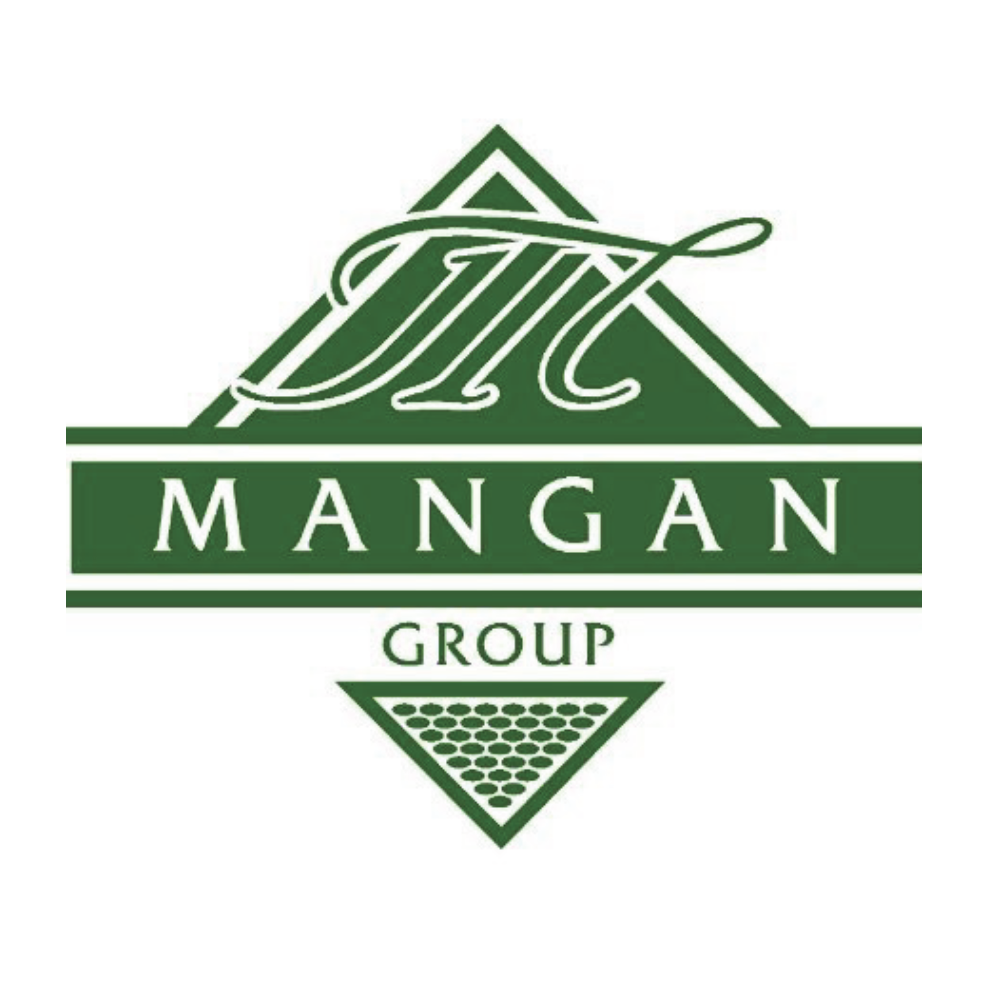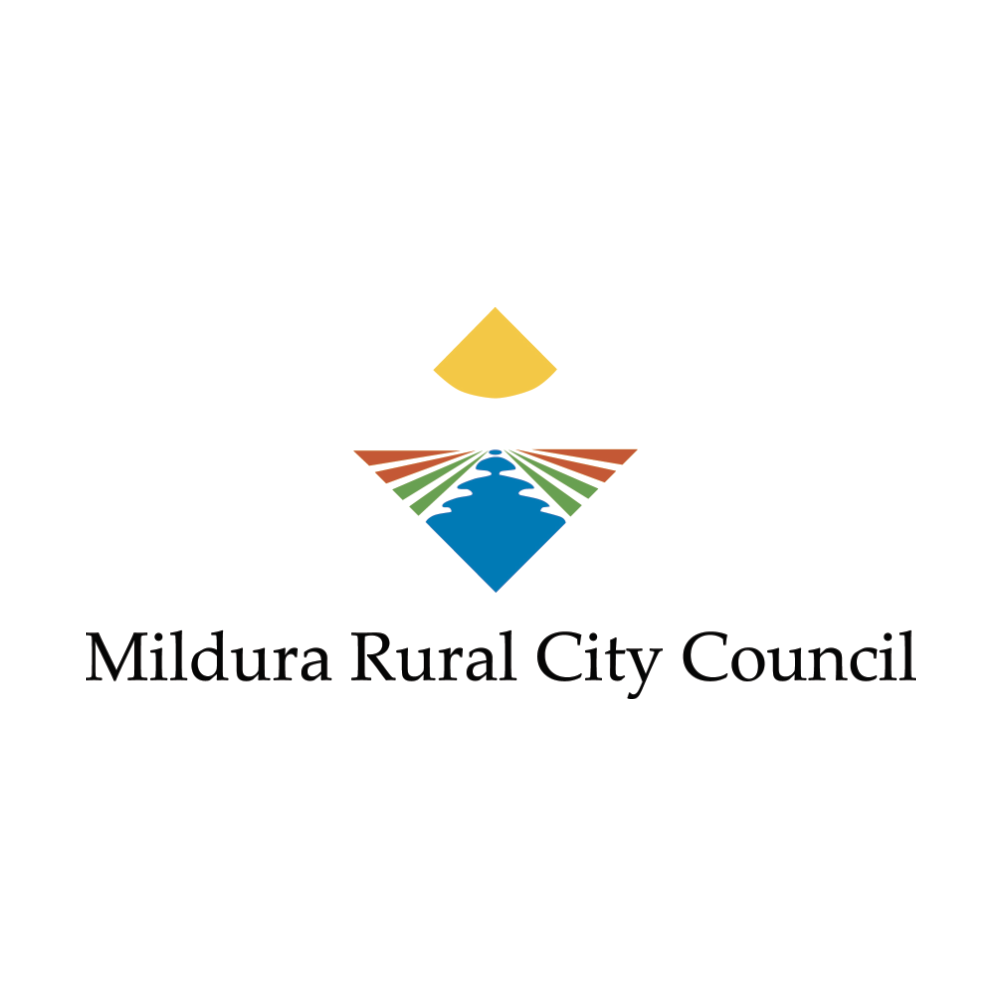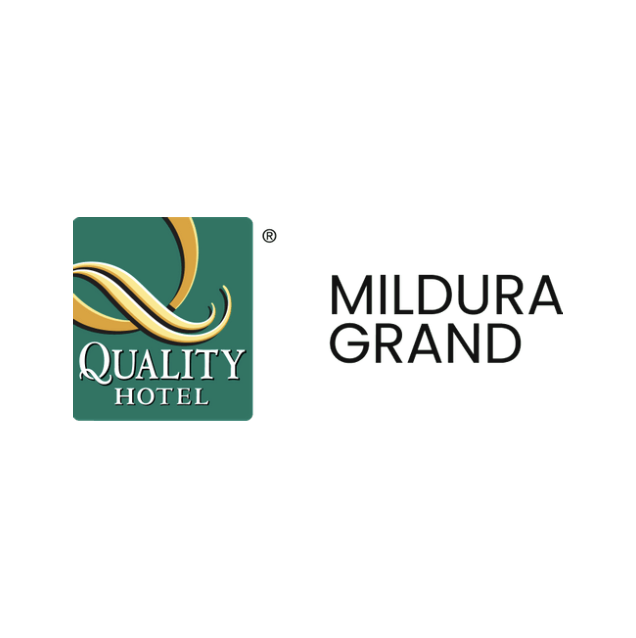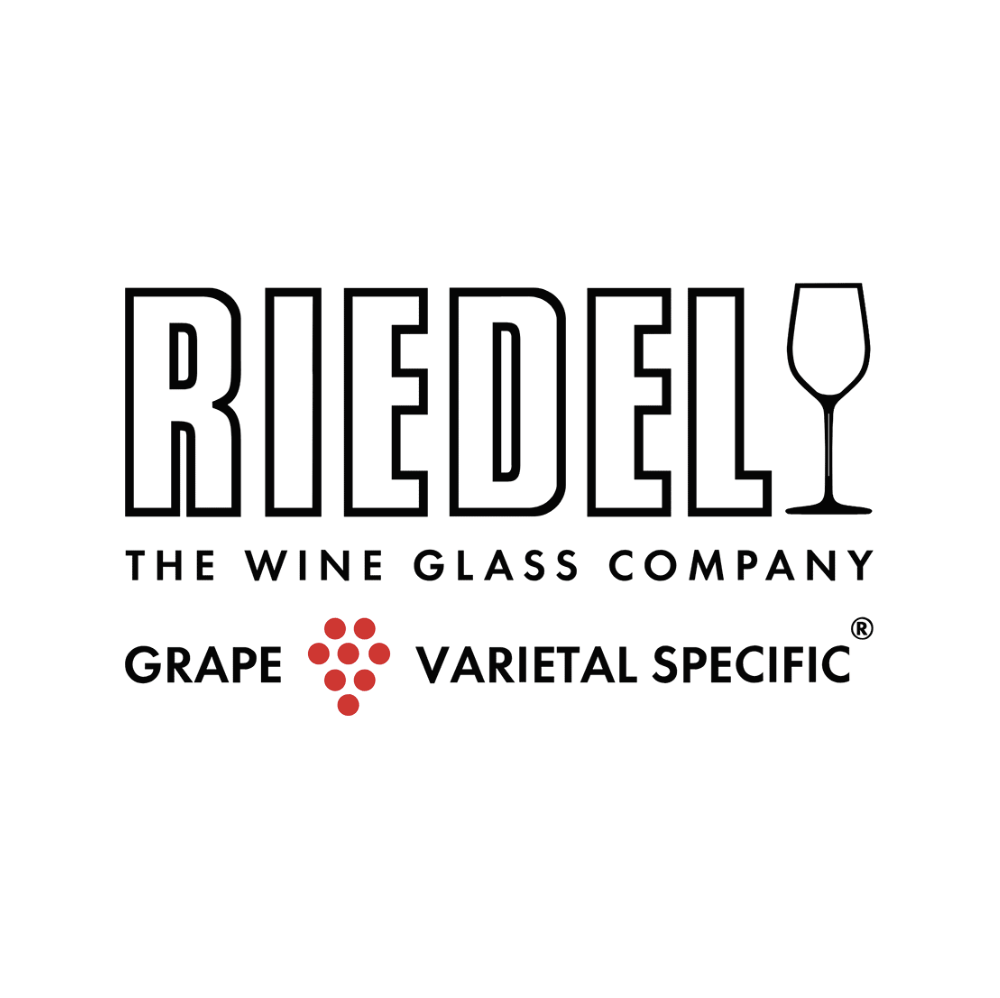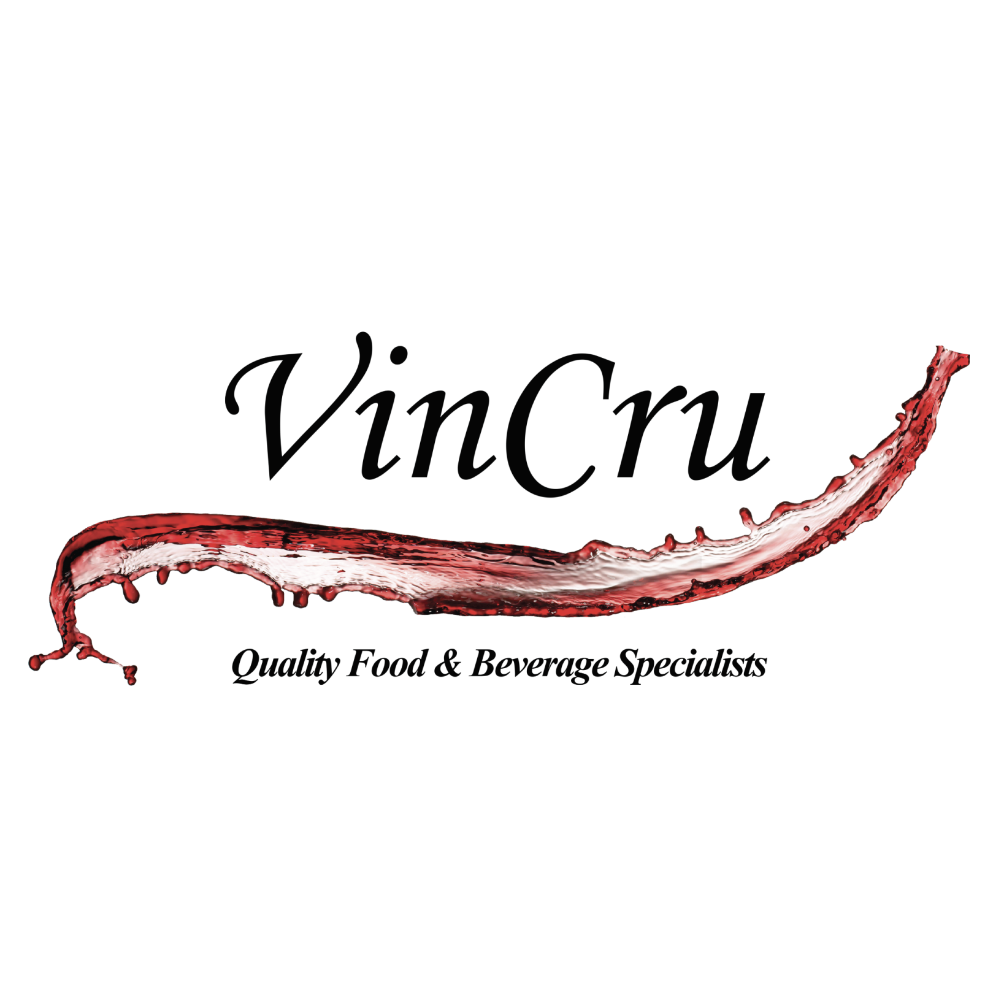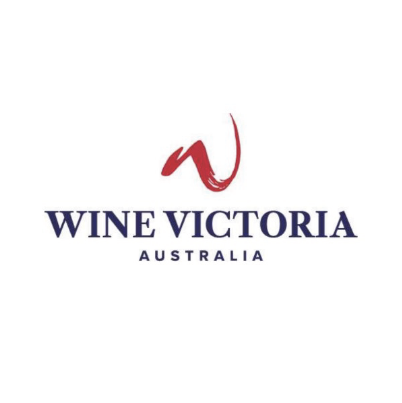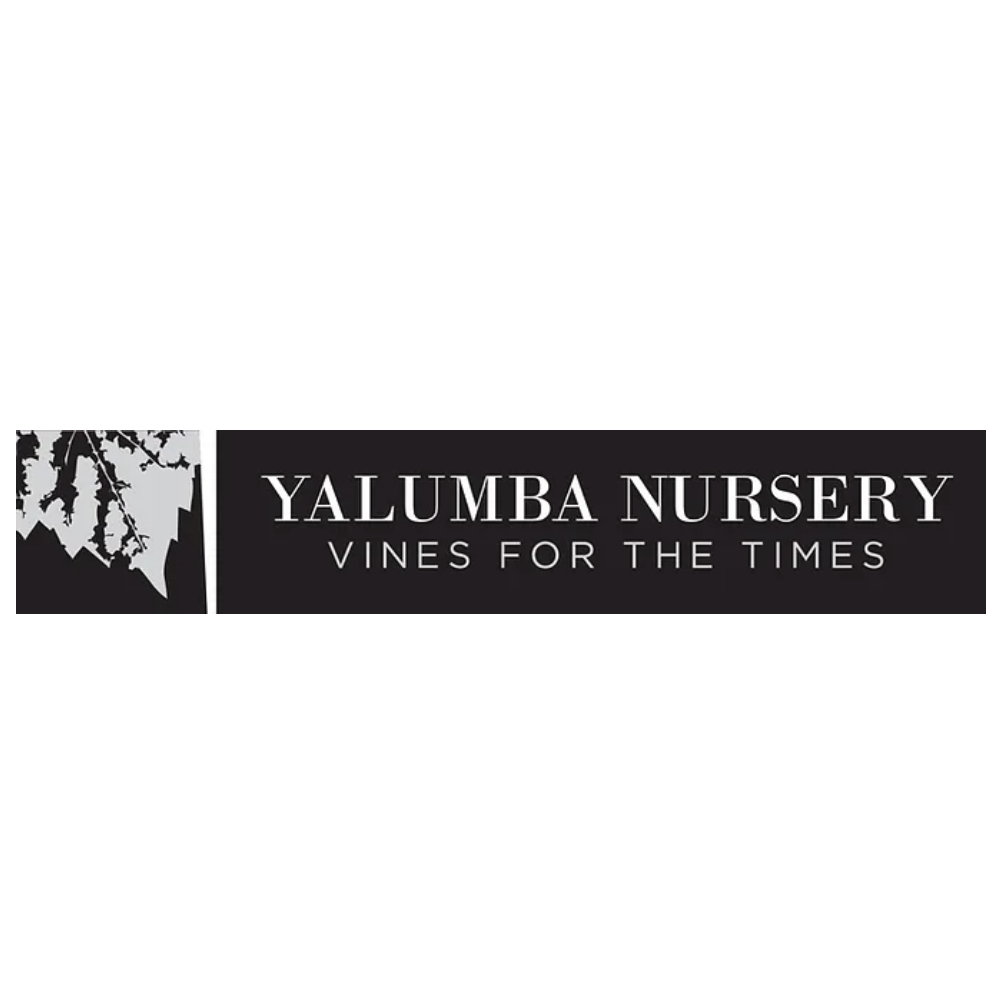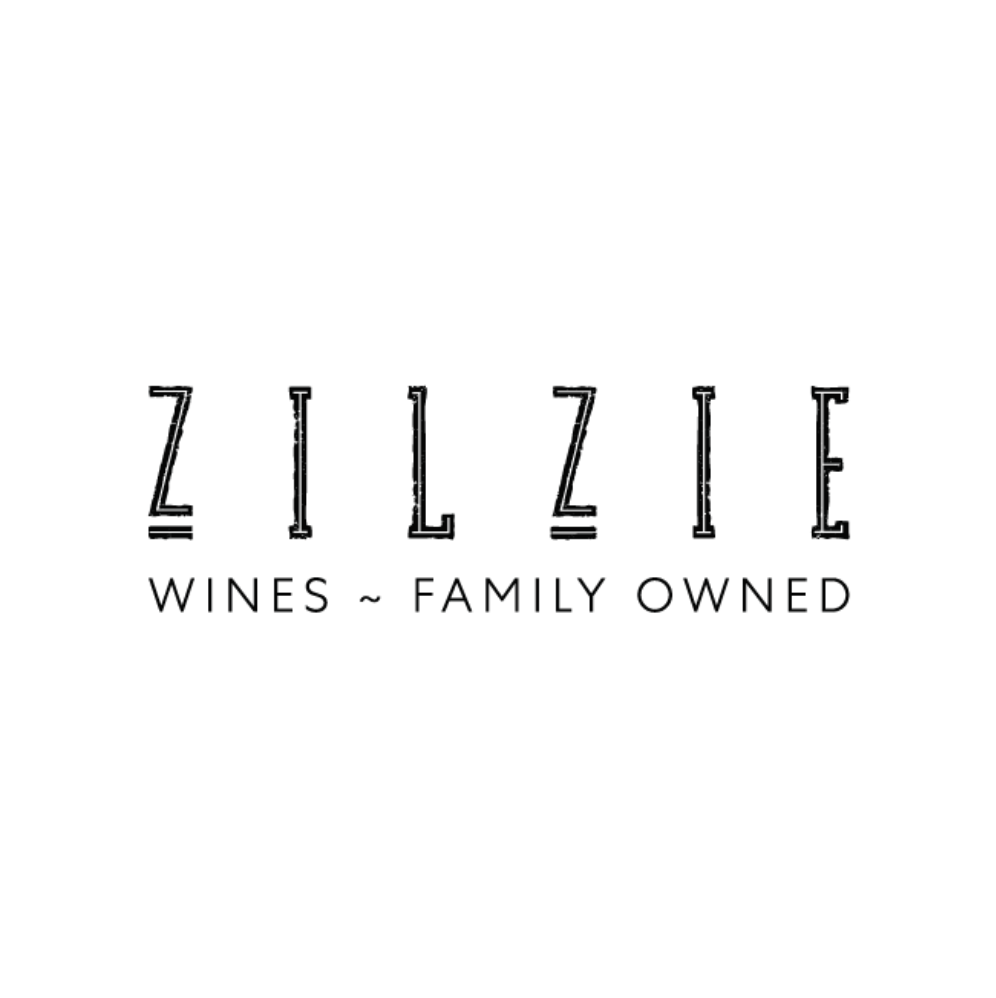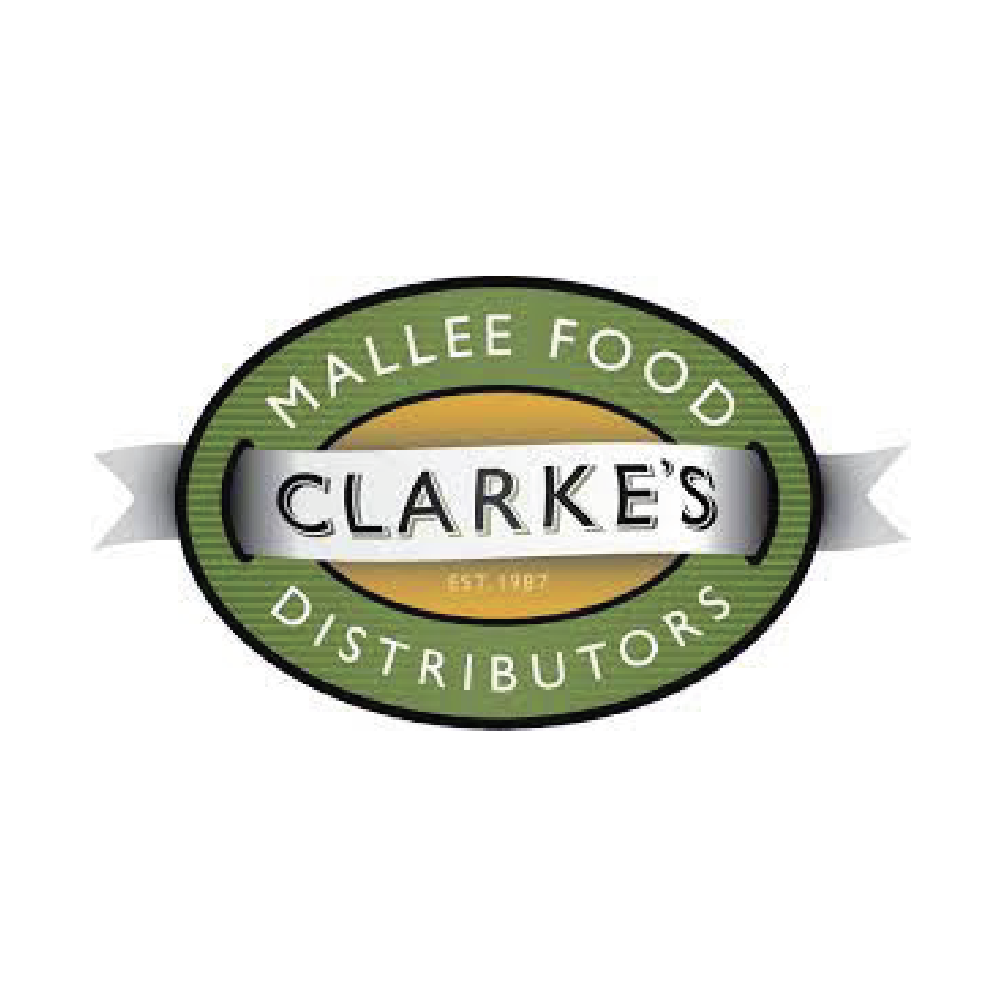Only bottled, finished commercially available wines will be considered. A minimum of 25 cases must have been produced to be eligible and all straight varietal classes must have minimum of 85% of that varietal.
White
1 Sparkling made from alternative variety grapes by traditional method, petillant naturel, col Fondo, charmat or carbonation. May be dry or sweeter styles, lightly frizzante to fully bubbly. Please add residual sugar level and relevant winemaking notes on the final page of entry form. PLEASE NOTE: Any sweet style sparkling wines should be entered into the sparkling wine class NOT the sweet styles class.
2 Arneis
3A Vermentino – 2023
3B Vermentino – 2022 and older
4A Fiano – 2023
4B Fiano – 2022 and older
5 Pecorino
6 Other White Italian Varietal Wines (minimum 85%)
7A Viognier – 2023
7B Viognier – 2022 and older
8 Marsanne
9 Pinot Blanc / Bianco
10 Other White French Varietal Wines (minimum 85%)
11 Albarino
12 Arinto
13 Gewürztraminer
14 Grüner Veltliner
15 Other White Varietal Wines must be labelled a varietal wine with Minimum 85% of a single variety. Varieties with origin other than Italian or French should be entered in this class. Varieties might include, but are not limited to assyrtiko, müller-Thurgau, sylvaner or verdejo.
16 White Blends (minimum 85% alternative varieties)
Red
17 Rose
18A Sangiovese – 2022 and younger
18B Sangiovese – 2021 and older
19 Nebbiolo
20 Barbera
21 Sagrantino
22 Aglianico
23A Montepulciano – 2022 and younger
23B Montepulciano – 2021 and older
24 Nero d’Avola – 2023
24 Nero d’Avola – 2022 and older
25 Other Red Italian Varietal Wines This class is for wines labelled as single variety wines. Varieties might include, but not limited to, dolcetto, teroldego, marzemino, negroamaro or refosco. Blends including these varieties should be entered into one of the Red Blends classes.
26A Tempranillo – 2022 and younger
26B Tempranillo – 2021 and older
27 Mataro / Mourvedre / Monastrell
28 Graciano
29 Mencia
30 Touriga
31 Malbec
32 Cabernet Franc
33 Gamay
34 Zinfandel / Primitivo
35 Saperavi
36 Other Red Varietal Wines (not Italian varieties). This class is for wines labelled as single variety wines. Varieties might include, but not limited to, bastardo, blaufrankisch, chambourcin, carmenere, cinsault, pinotage, sousao, St Laurent or tannat. Blends including these varieties should be entered into one of the Red Blends classes.
37A Red Blends – 2022 and younger (minimum 85% alternative varieties)
37B Red Blends – 2021 and older (minimum 85% alternative varieties)
Other
38 Sweet style wines might include late harvest, botrytis, ice-wine, partial drying or appassimento-style and cane-cut but NOT fortifieds, which have their own class (class 39). Varieties might include, but not limited to, hárslevelü, malvasia Istriana, orange muscat, picolit, trebbiano and viognier. PLEASE NOTE: Any sweet style sparkling wines should be entered into the sparkling wine class NOT the sweet styles class.
39 Fortifieds styles and varieties might include, but not limited to, palomino, pedro ximenez, touriga, apera or vermouth-styles.
40 Wines of Provenance Entries for this class will be three different vintages of the same wine, from same vineyard, under the same label. This class is open to all styles and colours of wine. The vintages entered must span at least 10 years with minimum of two years between entries. EG. Nebbiolo 2012, Nebbiolo 2015 and Nebbiolo 2021. The entry form is treated as one single entry. Please select NV for the vintage and do not use vintage in the wine name area. You will have a space to write which vintages you’ve chosen to enter and add any notes required.

